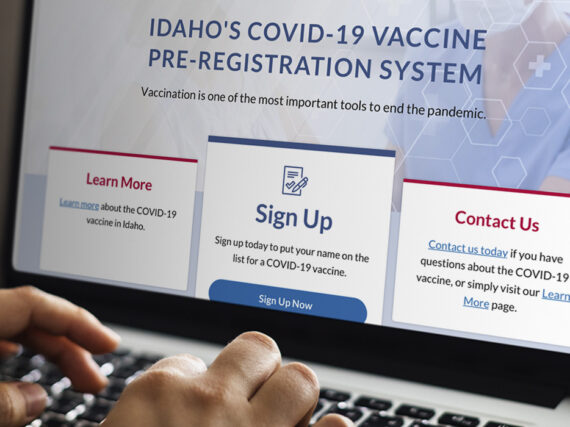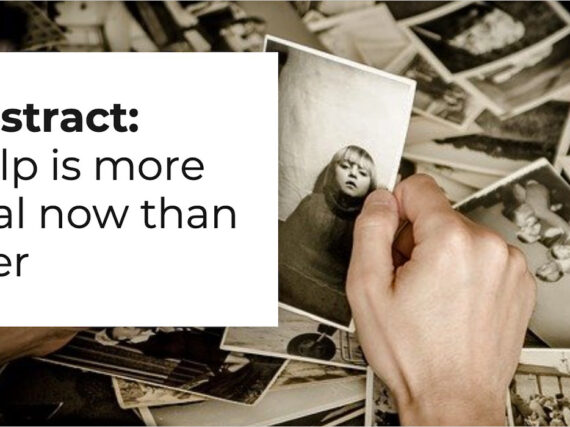The January 11, 2018 memo on “Opportunities to Promote Work and Community Engagement Among Medicaid Beneficiaries” has brought the topic of work requirements to the forefront in the past few months. The addition of work requirements signals a shift toward viewing Medicaid as a welfare program, with associated compliance, tracking, and reporting requirements.
Presently there is no obvious funding to support Medicaid recipients in the effort to find employment and meet these requirements. Without a support structure in place, behavioral change can be limited. Requirements alone are likely to cause people to lose coverage, rather than spur an increase in employment. States applying for waivers need the right tools to meet desired outcomes.
A helping hand
In our post on Changing the Paradigm on Poverty, author Marcella Wilson noted: “In poverty people want to get better. They just don’t know how.” By the same token, most unemployed people who are able to work, want to find meaningful work. However, they may need help to get there.
Even if they are physically able to return to work, the populations in question are likely in need of guidance and support in order to to do so. In terms of efficacy, the nonpartisan social policy research organization, MDRC, has concluded that “mandatory mixed-initial-activity programs” (those that require skills assessment and counsellor-directed involvement in either education, training or job search activity) are the most likely to yield win/win outcomes. These can both reduce government costs and increase participant incomes.
How software can help
Work requirements have long been a part of many state welfare programs. These states have systems in place for tracking and reporting outcomes. For example, we helped the State of Idaho develop an effective management system for their Employment and Training program.
Employment and Training receives federal funding to assist Supplemental Nutrition Assistance Program (SNAP) participants gain skills, training, or work experience to increase their ability to hold a job and gain economic self sufficiency. The State of Idaho contracts with a third-party vendor to provide one-on-one and remote counseling to assess participant skills and interests, develop a career plan, and connect them with the right resources. Services are also extended to participants in the Temporary Assistance for Families in Idaho (TAFI/TANF) program.
The Employment and Training System (ETS) is the online tool that helps track the progress of citizens in assistance programs. Third-party counselors use ETS to assess, record, and follow up as participants get training and find employment.
You can read more about the genesis and development of ETS in our portfolio. The key is that the state should own the data associated with their welfare-to-work programs if they want to determine efficacy.
Through a well designed custom ETS, states can enjoy these important benefits:
- Data accuracy ensures the right information is captured in order to understand outcomes and identify effective programs
- Objectivity of up-to-the-minute information on activity that allows for on-going assessment, rather than waiting for vendor-generated monthly reports
- Continuity that ensures an ongoing client case history remains complete, even if counseling vendors change
In summary
Given the need to provide direction and support to citizens faced with work requirements, it’s important that states are armed with the right tools to track and report activity.
With efficacy in mind, states need to have a long-term strategy for tracking and measuring the performance of welfare-to-work programs. By developing a thoughtful solution, one that captures the right data at the right times, states will be better informed as they look to evolve their programs.
Finally, in light of the MDRC study, tools like Idaho’s ETS emphasize assistance toward desired outcomes, over penalties for not meeting requirements.
Learn more
- Comparing welfare-to-work programs – Institute for Research on Poverty
- Opportunities to Promote Work and Community Engagement Among Medicaid Beneficiaries – Medicaid
- ETS case study – GovWebworks
- Contact us if you would like to learn more about our employment and training solution
Author bio
Tom Lovering is the Director of Client Engagement at GovWebworks, and has worked for the parent company, Portland Webworks, since 2008. When not attending conferences and engaging clients, he can be found coaching the original scrum on the rugby field.







